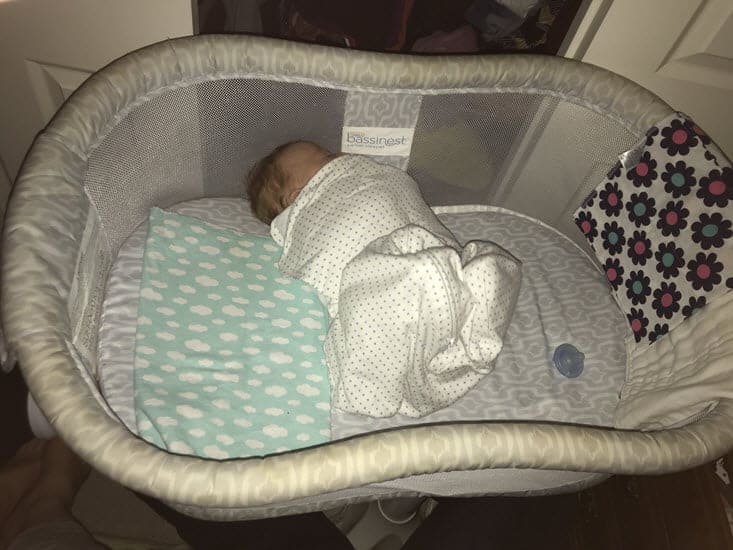Introduction: Understanding the Role of the Bassinet
The bassinet plays a crucial role in the early months of a baby’s life, offering a safe and cozy space for newborns to sleep. Designed to provide proximity and comfort, bassinets are typically recommended for use during the first few months post-birth. Their smaller size and portability make them ideal for keeping baby close at night, facilitating easier feeding and monitoring. However, as infants grow and their developmental needs evolve, knowing when and how to transition from the bassinet becomes essential for ensuring continued safety and comfort.
Safety First: Guidelines for Bassinet Use
Safety guidelines dictate the optimal usage period for bassinets, emphasizing factors such as weight limits, structural integrity, and recommended age ranges. Most bassinets are designed to accommodate infants up to a specific weight or developmental stage, typically around 15 to 20 pounds or until the baby begins to show signs of rolling over or pushing up on hands and knees. Adhering to these guidelines helps mitigate potential risks associated with overcrowding or overstaying in the bassinet, ensuring a secure sleep environment conducive to healthy infant development.

Signs It’s Time to Transition
Recognizing when your baby has outgrown the bassinet involves observing physical and behavioral cues that signal readiness for a larger sleep space. Signs may include increased mobility, such as rolling over consistently, or visibly outgrowing the bassinet’s dimensions. Disrupted sleep patterns or discomfort during sleep can also indicate the need for a transition to a crib or alternative sleeping arrangement. Additionally, parental intuition and familiarity with your baby’s habits play a pivotal role in determining the appropriate timing for this milestone transition.
Choosing the Right Crib: Factors to Consider
Transitioning from a bassinet to a crib requires careful consideration of various factors to ensure continuity in sleep quality and safety. Key considerations include crib size and mattress firmness, both of which should meet current safety standards to reduce the risk of Sudden Infant Death Syndrome (SIDS) and other sleep-related incidents. Adjustable mattress heights accommodate growth spurts and developmental milestones, offering versatility as your baby progresses from infancy to toddlerhood. Evaluating crib design, material quality, and assembly ease further enhances your ability to select a secure and functional sleep environment for your growing child.
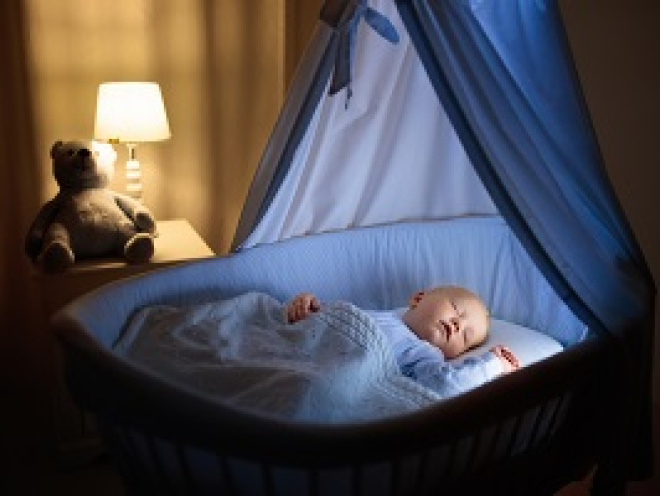
Preparing the Nursery: Transitioning with Ease
Preparing the nursery for the crib transition involves more than just assembling furniture. It includes creating a conducive sleep environment tailored to support your baby’s evolving needs. This may involve strategic placement of the crib away from drafty windows or direct sunlight, ensuring optimal temperature and lighting conditions for sleep. Incorporating familiar bedding and soothing elements from the bassinet helps maintain continuity and comfort, easing the transition for both baby and caregiver. Organizational adjustments, such as repositioning furniture and ensuring ample space for safe movement, enhance the functionality and aesthetic appeal of the nursery while promoting a secure sleep environment.
Nighttime Routine Adjustments: Promoting Consistent Sleep Patterns
Transitioning from bassinet to crib necessitates adjustments to your baby’s nighttime routine to promote consistent sleep patterns and comfort. Establishing a calming bedtime ritual, such as bathing, feeding, and gentle rocking, signals to your baby that it’s time to wind down and prepare for sleep. Consistency in routine fosters predictability, helping infants adjust to new sleep environments and reducing nighttime disruptions. Incorporating soothing elements, such as white noise machines or soft music, creates a relaxing atmosphere conducive to restful sleep, supporting healthy development and emotional well-being.
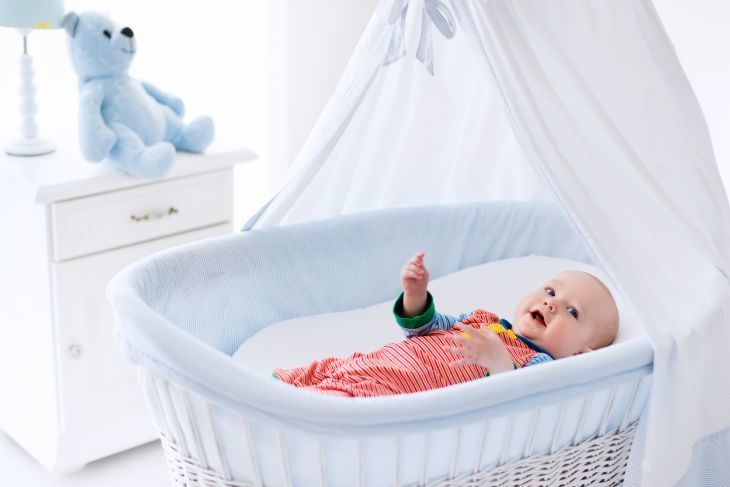
Monitoring and Adjusting: Observing Your Baby’s Response
Monitoring your baby’s response to the crib transition involves attentive observation of sleep patterns, comfort levels, and overall well-being. Initially, some babies may experience minor disruptions in sleep as they acclimate to a new sleep environment. Patience and flexibility in response to your baby’s cues foster a supportive transition process, allowing for adjustments in bedtime routines or environmental factors as needed. Regular check-ins during naps and nighttime sleep provide opportunities to assess comfort, address any concerns promptly, and reinforce a sense of security in the new sleep setting.
For families with multiple children, transitioning a baby from a bassinet to a crib may involve considerations of sibling dynamics and shared sleeping spaces. Introducing siblings to the concept of a new sleep arrangement promotes inclusivity and cooperation within the family unit. Involving older siblings in the nursery setup or bedtime routine fosters a sense of responsibility and connection, easing potential sibling rivalry or adjustment challenges. Establishing clear boundaries and expectations regarding sleep spaces encourages respect for each child’s individual needs while promoting a harmonious family dynamic during transitions.
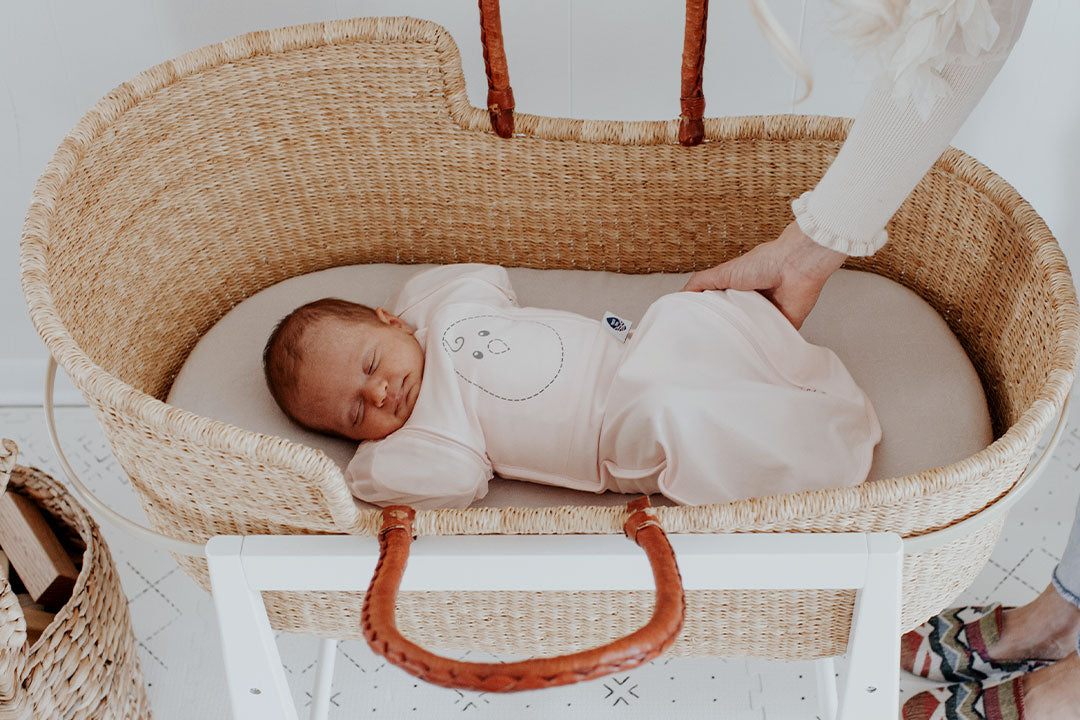
Special Considerations: Addressing Unique Circumstances
Certain circumstances may necessitate special considerations when transitioning from a bassinet to a crib. Premature infants or those with specific medical conditions may require ongoing monitoring or adjustments to sleep environments tailored to their unique needs. Consulting with pediatric healthcare professionals or specialists can provide personalized guidance and support in navigating these transitions safely and effectively. Adaptive equipment or modifications to the nursery layout may be recommended to accommodate medical devices or therapeutic interventions, ensuring optimal comfort and safety for medically fragile infants.
Embracing Developmental Milestones: Celebrating Growth and Independence
Transitioning from a bassinet to a crib marks a significant developmental milestone in your baby’s journey towards independence and growth. Embracing this transition with positivity and reassurance encourages confidence and security in your baby’s ability to adapt to new experiences. Celebrating milestones, such as successful naps or bedtime routines, reinforces a sense of achievement and encourages continued progress in sleep independence. Recognizing and supporting your baby’s evolving needs fosters a nurturing environment that promotes healthy development and emotional resilience throughout early childhood.
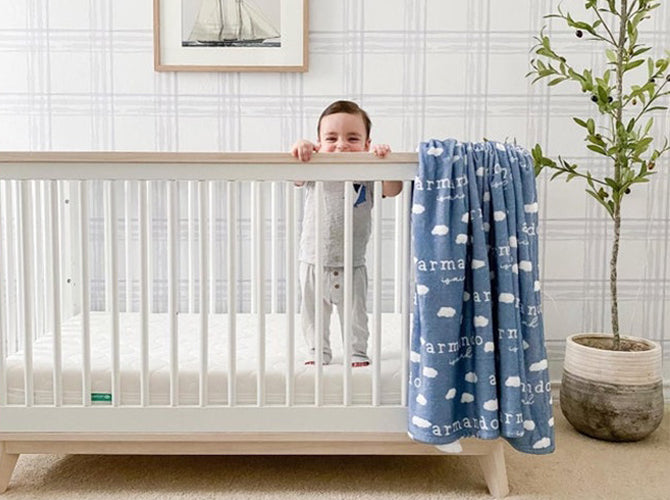
In conclusion, navigating the transition from a bassinet to a crib requires thoughtful consideration of safety, developmental readiness, and family dynamics. By recognizing signs indicating the need for transition, selecting an appropriate crib, and preparing the nursery environment effectively, parents can facilitate a smooth and secure shift for their growing infants. Establishing consistent bedtime routines, monitoring your baby’s response, and addressing unique circumstances with professional guidance ensure a supportive transition process tailored to meet individual needs. Embracing developmental milestones with positivity and celebration promotes a sense of accomplishment and growth, fostering a nurturing environment essential for your baby’s continued well-being and success. By navigating bassinet boundaries with confidence and care, parents empower themselves to provide their infants with the optimal sleep environment necessary for healthy growth and development.
